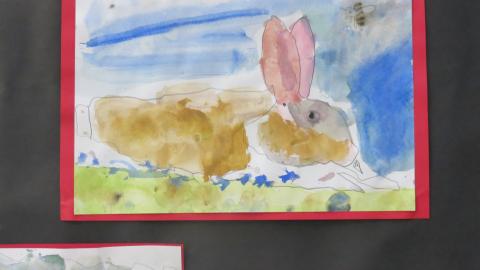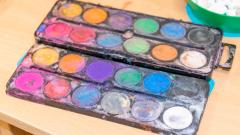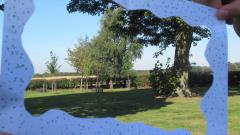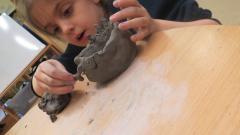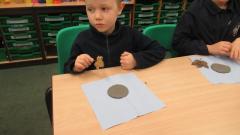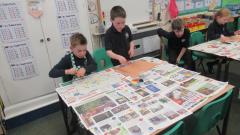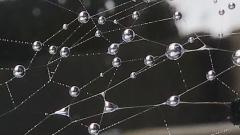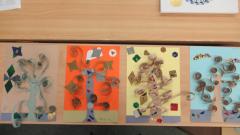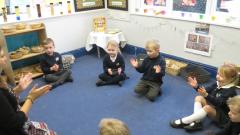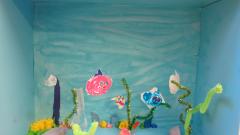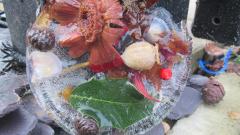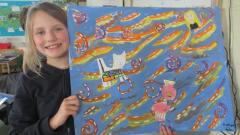Technology makes what was once impossible possible. The design makes it real.
Michael Gagliano
Intent
Through the White Rose Design & Technology curriculum, we aim to educate the children that practical problems, faced by people across the globe, can be solved via a thorough design process. We also strive to teach the children that even though a solution to a problem may not be known at the outset, through research and perseverance, an answer will be found. This is facilitated by learning about different people, cultures, landscapes and environments, resources and human and physical processes, and the links between them.
Aligning with the National Curriculum, we aim for our children to acquire a broad range of subject knowledge and draw on disciplines such as mathematics, science, engineering, computing and art. Through the evaluation of past and present design and technology, we aim to develop a critical understanding of how high-quality design and technology makes an essential contribution to the creativity, culture, wealth and well-being of the nation. To supplement our Design and Technology projects, focused practical tasks are planned in each year group to enable the children to develop specific skills with a range of techniques, processes and equipment. We believe our carefully planned curriculum strives to create independent thinkers, resilient designers and successful life-long engineers.
Implementation
Curriculum progression
Our design and technology coverage is selected from subject content within the National Curriculum document and is taught as a unique subject discipline as part of our geography projects. This is so that learning in geography can provide a context for work in design, ensuring real purpose to the units. Our curriculum is based on four branches of knowledge:
Procedural knowledge:
Procedural knowledge represents the skills required to think and act like a designer. These skills inform our planning of DT and allow children to deepen their skills throughout the year and build on concepts from previous years.
Disciplinary knowledge:
Disciplinary knowledge represents the way designers view their subject. We present this disciplinary knowledge to the children as design ‘lenses’. These lenses are referred to and revisited year on year, as the children move through school. They are:
|
Empathy & Optimism |
Exploration |
Iteration |
Making (and learning from failure) |
|
Understanding people’s lives and identifying problems from their perspective. Knowing that even if we don’t know the answer, that it’s out there and we can find it. |
Understanding that we always start from the place of not knowing and that a firm foundation of knowledge is the best place from which to tackle a design challenge. |
Understanding that by continually developing, refining and improving our work, we put ourselves in a place where we’ll have more ideas, try a variety of approaches, unlock our creativity and arrive more quickly at successful solutions. |
Understanding that by making, we convey ideas, share them, and learn how to make them better. |
We firmly believe that by making the lenses explicit to the children, they are better equipped to become future designers and that they can succeed in the subject throughout their educational careers.
Substantive knowledge
Substantive knowledge represents the facts that we want the children to know and recall through the teaching of design and technology. Through collaborative planning and inspiring teaching, children will retain more facts and skills for longer periods of time.
Assessment
Children will be continually assessed on their skills as designers using a carefully thought-out skills progression document based on the National Curriculum’s subject content.
Impact
Our challenging design and technology curriculum will engage the children, deepen their learning and instil within them a belief they can make a difference through empathy, perseverance and problem solving.
We strongly believe in the strength of our design and technology curriculum (alongside our geography curriculum) and, with the interweaving of British values such as tolerance, mutual respect and individual liberty, we are enabling children to be analytical members of the community who will begin to believe that problems can be solved, and that it is natural to start the process from a place of not knowing.
We intend that the impact is that children will be prepared for life in high school and in Modern Britain and the world and enthuse them to become life-long designers.

